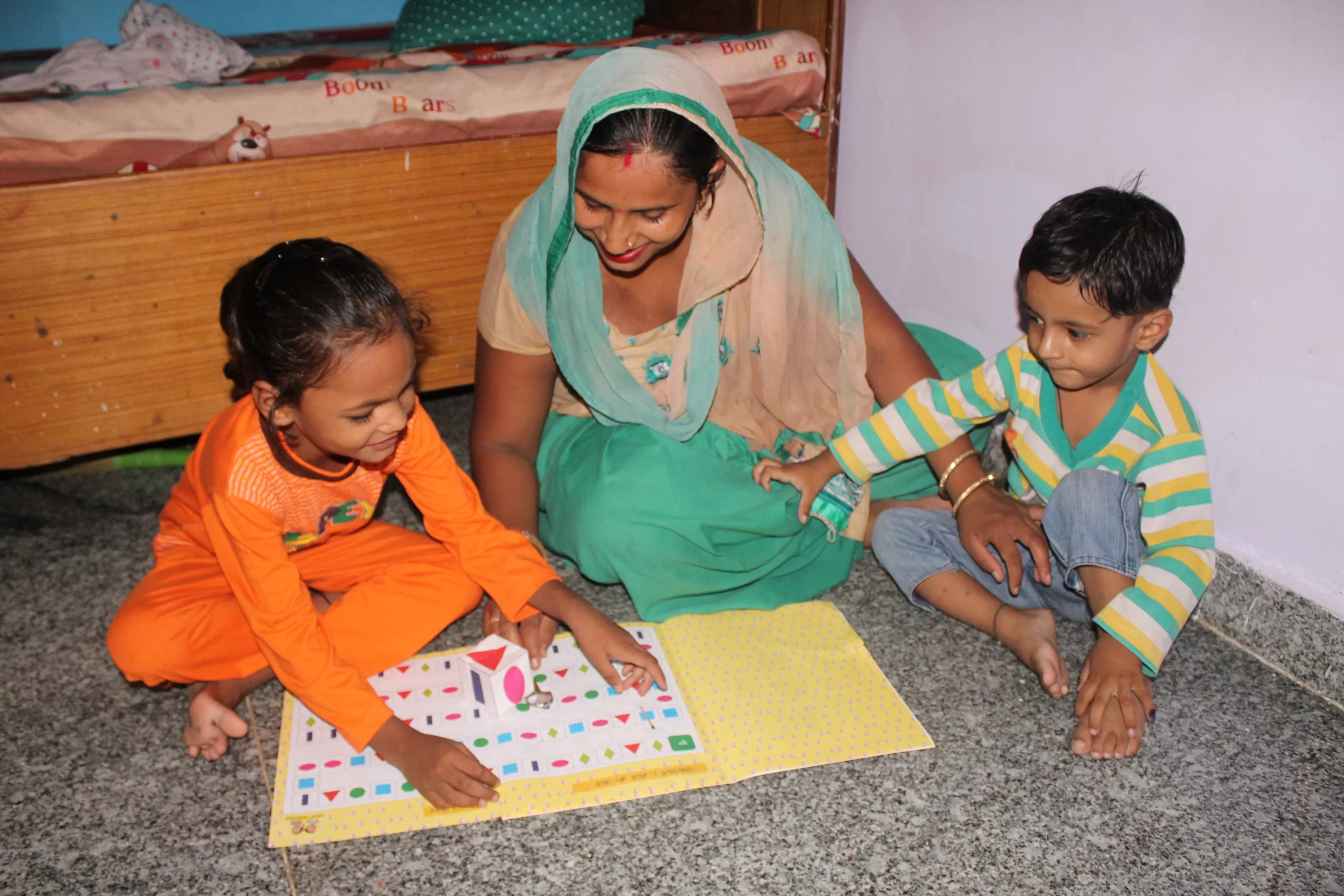Women’s Wealth and Equity

We talk about the gender wage gap extensively, given just how pervasive this issue becomes for a country like India, where it will take us nearly 197 years to close the gender pay gap. However, relatively little chatter surrounds the conversation about the gender wealth gap.
What is the Gender Wealth Gap?
It is the female-to-male ratio of median wealth, wherein wealth is defined as the difference between total assets (financial and tangible assets like vehicles) and debts.
But why is wealth relevant to measure gaps between the genders?
Wealth is more unevenly distributed than income, which helps understand social stratification because it captures international inequality and gives a more nuanced understanding of the privileges and disadvantages of individuals and groups.
In a country like India, why should we even talk about wealth when wages are unequal?

With time, conversations around gender equality have moved to gender equity. It is no longer enough for everyone to be treated in the exact same way because it doesn’t address the inherently disadvantaged position marginalized communities have been forced to occupy.
Equity, therefore, means “fairness of treatment for men and women according to their respective needs.” Equity becomes the means to achieve true equality.
In line with this concept, women’s financial security has come to be defined in terms of the wealth they accumulate in their lifetime. For women who work, that formulates their retirement fund. Since wealth is a much more meaningful measure of economic well-being, women’s wealth at retirement is an essential indicator of the world’s progress in bringing equity to societal structures. By focusing on wealth, we can consider the effects of many intermingled inequities and measure the outcome via a metric—accumulated wealth at retirement.
However, there is a considerable gap between wealth at retirement for women and men.
What do the statistics tell us about the gender wealth gap?
Female wealth captures the assets owned by them in their lifetime. According to the 2022 Global Gender Wealth Equity report, women are expected to accumulate 74% of the wealth that men have upon retirement.
The analysis found that based on job roles, the gender wealth gap averages:
- 11% for frontline operational roles,
- 31% for professional and technical roles, and
- 38% for senior expert and leadership roles.
These figures exclude women that are engaged in full-time unpaid care work.
Notice how the gender wealth gap is highest for women in senior roles, with the highest scope for earning. Representation of women in managerial and leadership roles is concerning in the first place, given that only 3% of women occupy senior positions in the workforce in India. But even the ones that occupy potent positions do not have matching retirement funds compared to men. In fact, India was found to be towards the lower end of the global findings, especially for women in professional, technical, and senior roles.
For roles that pay the most, why is the gender wealth gap so wide?
Women’s existence in a patriarchally structured society does not allow for the simple fact that when they work, they can just work. As discussed previously, the gender pay gap is the most prominent reason behind the gender wealth gap.
Still, other factors, such as the following, become additional obstacles to women’s gendered existence:
Delayed career trajectories
Globally, women’s career trajectory suffers more than men’s with changes in their personal life, including marriage or having kids. Avivah Wittenberg-Cox’s analysis of gendered careers poignantly asserts that “the benchmark for a high performer in corporate culture remains the uninterrupted, 24/7, linear male career with non-working wives, taking care of everything else for them… This is where so many companies still lose women, either because they quit or simply because they disengage.”
Childcare responsibilities
 Women’s contribution to unpaid care work has received particular attention post-pandemic. A report that analyzed the evolution of women in technology found that almost 44% of women surveyed struggled to juggle work and family life since March 2020, a trend most prominent in India but also consistent with the global trend. The report further claimed that 54% of the women had been in charge of home schooling compared to 40% of men, while 50% had to adapt their working hours more than their male partners to look after their family.
Women’s contribution to unpaid care work has received particular attention post-pandemic. A report that analyzed the evolution of women in technology found that almost 44% of women surveyed struggled to juggle work and family life since March 2020, a trend most prominent in India but also consistent with the global trend. The report further claimed that 54% of the women had been in charge of home schooling compared to 40% of men, while 50% had to adapt their working hours more than their male partners to look after their family.
Furthermore, structural differences in statutory leave provisions related to childcare exacerbate gender inequities.
Low financial literacy
Only 21% of women in India are financially literate. Further, research has found that women tend to be more risk-averse, and those who are risk-averse tend to choose investments with fewer rewards. Thus, over 50 years, differences in investment strategy could lead to a gender wealth gap between households in which the woman is investing compared with households in which the man is investing.
How do we close the gender wealth gap?
Well, firstly, the gender wealth gap is dependent on how well we manage to close the gender wage gap, and we don’t want to wait for the next 197 years, do we?
Women have always occupied critical roles in human history: scientific achievements by Sarojini Naidu or feminist governance by Jacinda Arden. But culture continues to portray women as passive bystanders. While culture influences how we organize ourselves at workplaces, financial independence and education significantly give women a certain degree of autonomy. This is why employers must take up actions that have a meaningful impact on gender wealth equity, some of which include:
- supporting career equity and representation of roles through pay transparency, career enablement, skills architecture focusing on developing women into managerial and leadership roles,
- reducing the gender pay gap by assessing HR programs and processes,
- encouraging financial literacy and confidence in women through resilience workshops and training women to venture into investing rigorously to grow their wealth,
- enhancing caregiving support with a focus on wealth outcomes, and
- promoting flexibility in the workplace to enable balancing career and caregiving responsibilities.
In order to truly close the wealth gap, we need investment and focused effort of private and public players, including not only employers but also governments and public bodies, society at large, and individuals who can drive personal actions themselves.
Aishwarya Bhatia, Sambodhi

